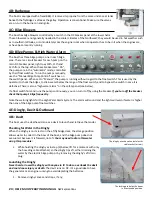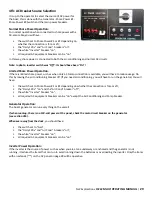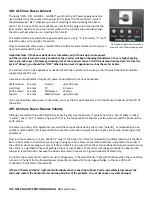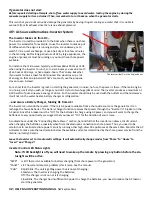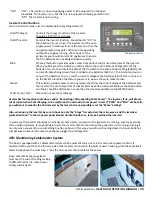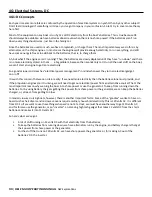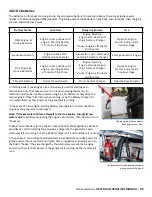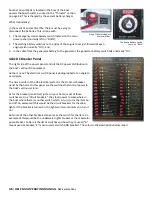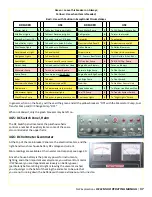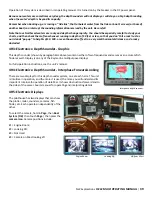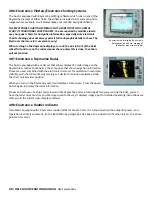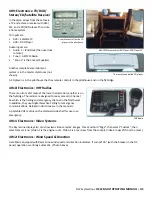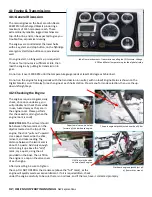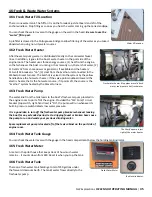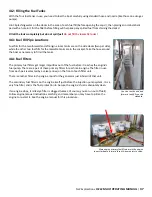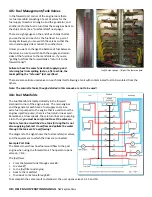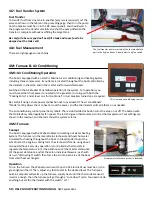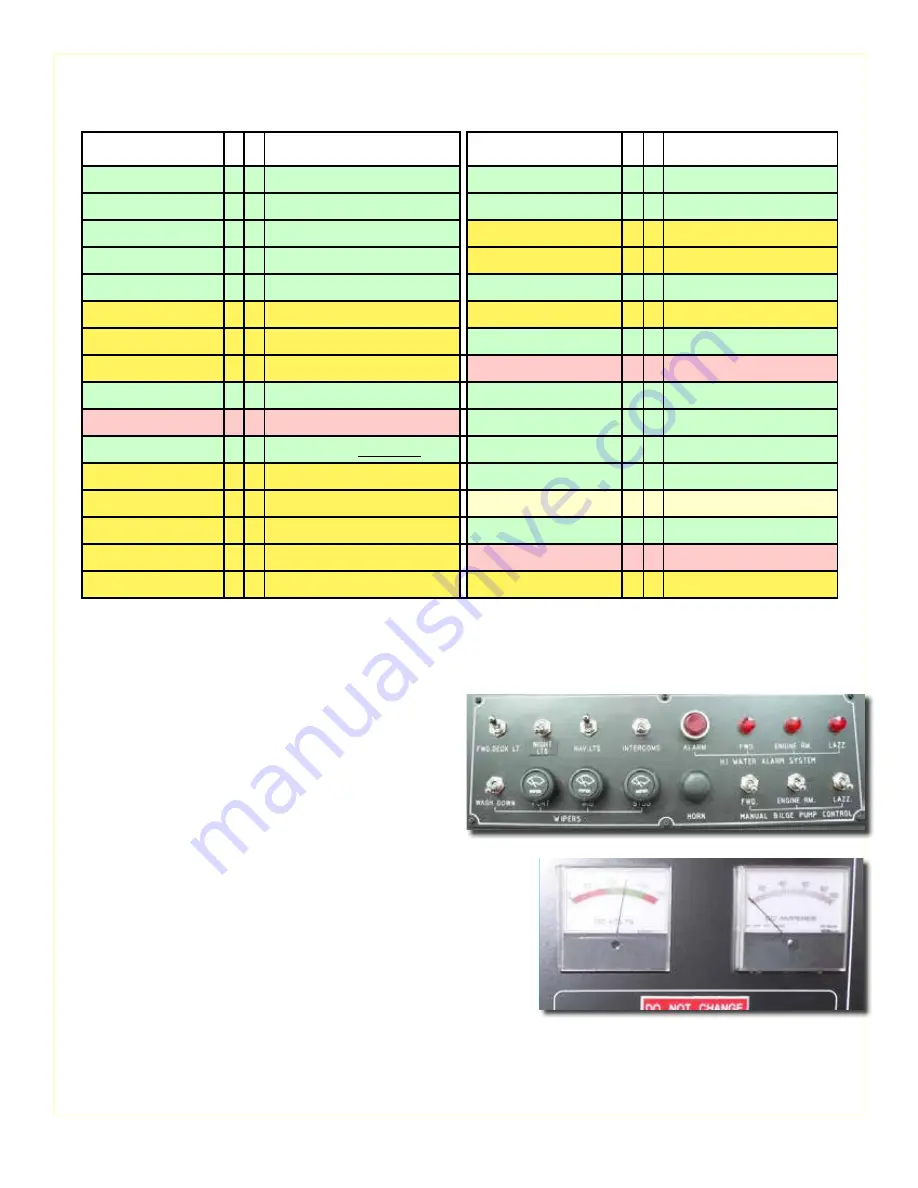
NW Explorations
HELE MAI OPERATING MANUAL
|
37
Green = Leave this breaker on Always;
Yellow = Use when Item is Needed;
Red = Use with Caution in Exceptional Circumstances
BREAKER
USE
BREAKER
USE
Master Lights
B
To Master Stateroom Lights
Fresh Water Pump
B
To F.W. Pump Pressure Sw.
Mid Room Lights
B
To Guest Stateroom Lights
Refrigerator
B
To refer thermostat
Engine Rm Lights (DC) B
To Switch inside of E/R door
Autopilot
B
To autopilot
Salon/Galley Lights
B
To Switches in Salon & Galley
Electronics SubPanel 2
B
To electronics panel #2
Pilot(house Lights
B
To Switches in Pilothouse
Galley Blower
B
To Galley blower sw.
Deck/Spreader Light
B
To Panel Switch
Wipers/Horn
B
To Wiper & Horn switches
Navigation Lights
B
To Panel Switch
D.C. Power + Bow Thrust
B
Cig Ltr Outlets & Sat. Rec’r
Searchlight
B
To lower helm ACR control panel
Oil Transfer Pump
B
T
o E/R Oil Chg. Pump
Owner Head
B
To Head control in Master Head
Engine Room Blowers
S Turns on Blowers
Macerator Pump
S Turns on overboard pump
Forward Bilge Pump
B
To Float Switch
Sump Pump
S To sump pump L
EA
V
E ON
!
Engine Room Bilge Pump B
To Float Switch
Radar
B
To Radar
Laz Bilge Pump
B
To Float Switch
Electronics SubPanel 1 B
To electronics panel #1
Stabilizer
S To Stabilizer Control Unit
Cablemaster
B
To Cablemaster in/out switch
Head Exhauster
B
To Master Head Exhaust Fan
Underwater Lights
S To underwater lights
Fuel TX Pump
B
To Transfer System Switch
Wash Down Pump
B
To deck w.d. pump pressure sw.
Courteous Lights
B
To “Night Lights” Switch
In general, when on the boat, you’ll have all the green and all the yellow breakers “ON” with the Macerator Pump, Fuel
Transfer Pump and Oil Change Pump “OFF”.
When not aboard, only the green breakers may be left on.
4G5: DC Switch Panel, Helm
The DC Switch panel located at the pilothouse helm
controls a number of auxiliary items; some of these are
also controlled at the upper helm.
4G6: DC Voltmeter & Ammeter
At the top of the main Breaker Panel are the electrical meters, and the
right-hand two show house battery DC voltage and current.
More readings are available at the inverter control panel; see page 30.
Since the house battery is the primary power for instruments,
lighting, and other important vassel systems, you will want to monitor
it! Whenever you are dependent exclusively on battery power
(particularly before retiring at night or leaving the vessel at anchor)
you should get in the habit of checking the ammeter to be sure that
you are not running down the batteries with some extraneous unit turned on.


